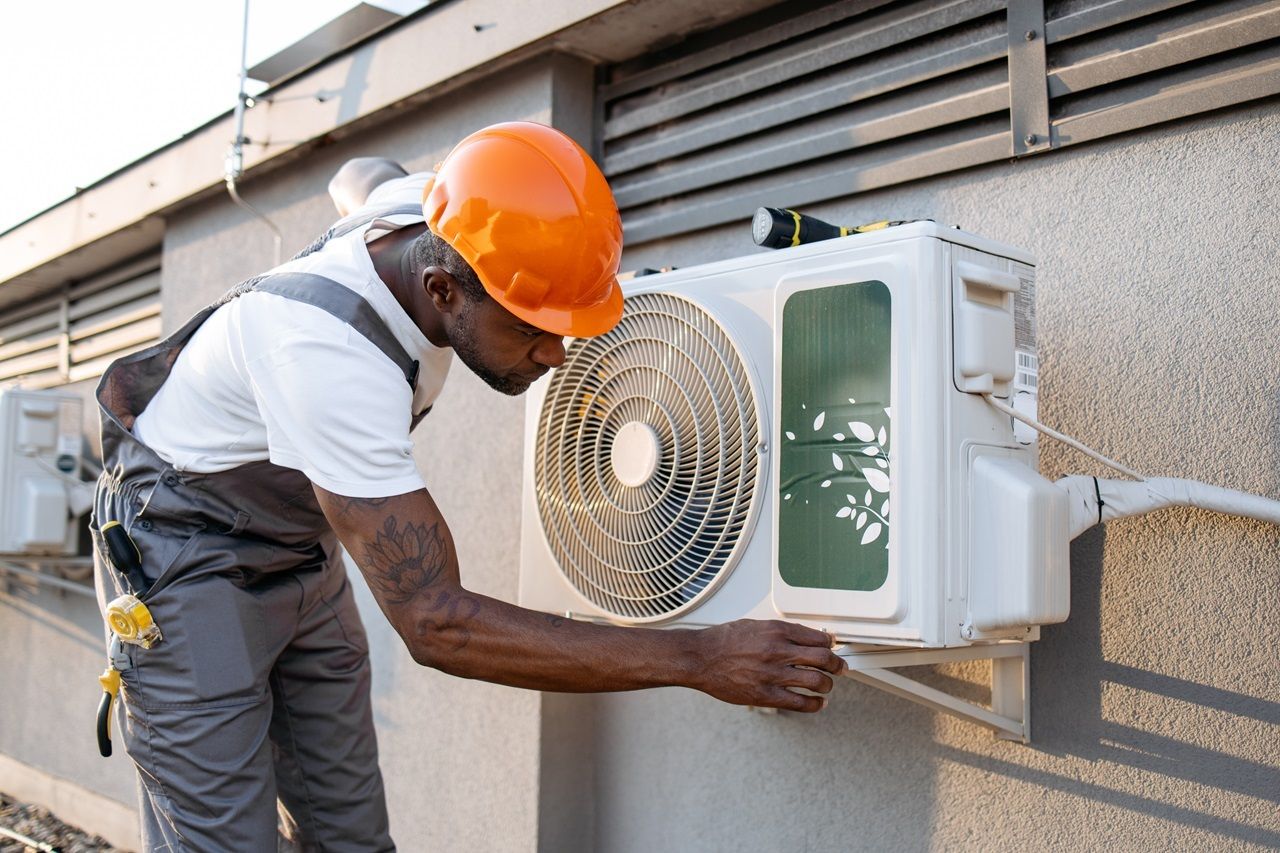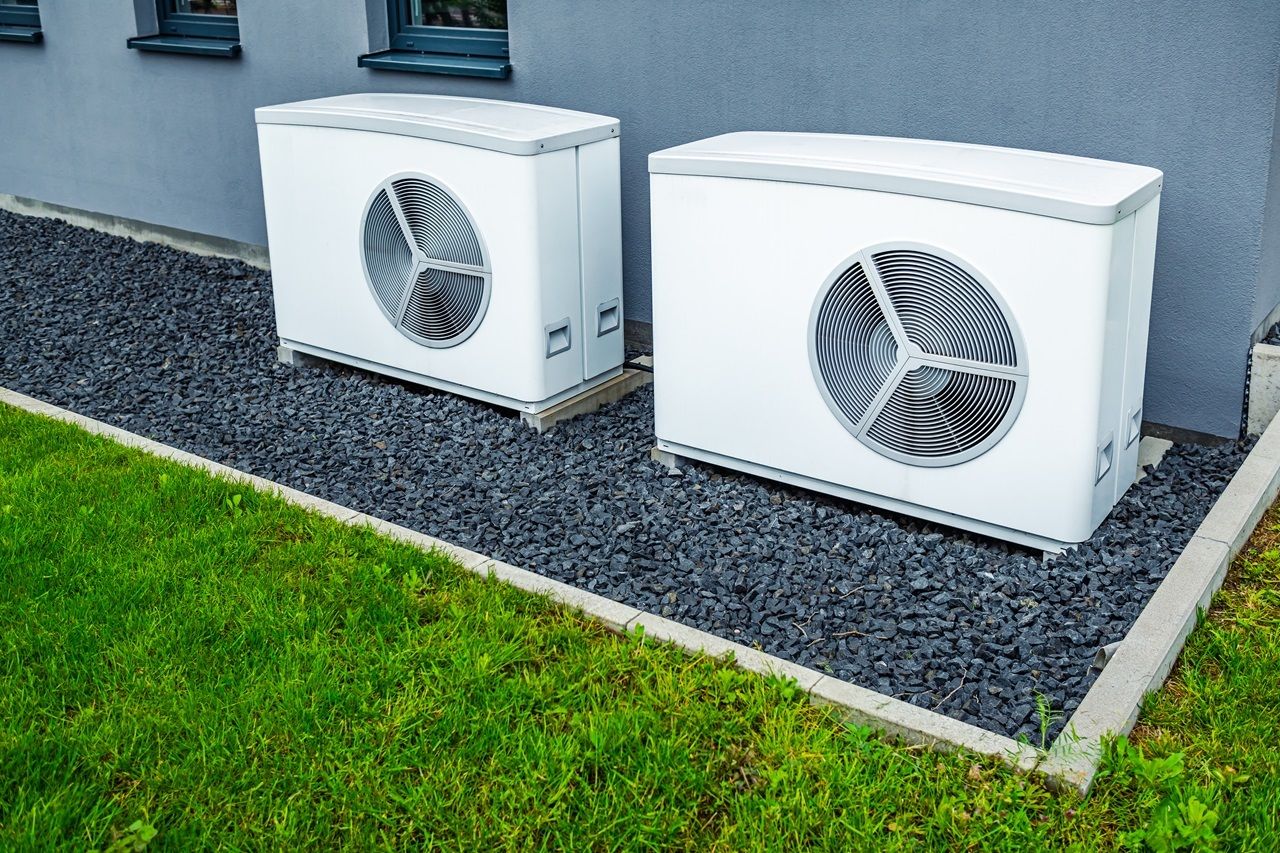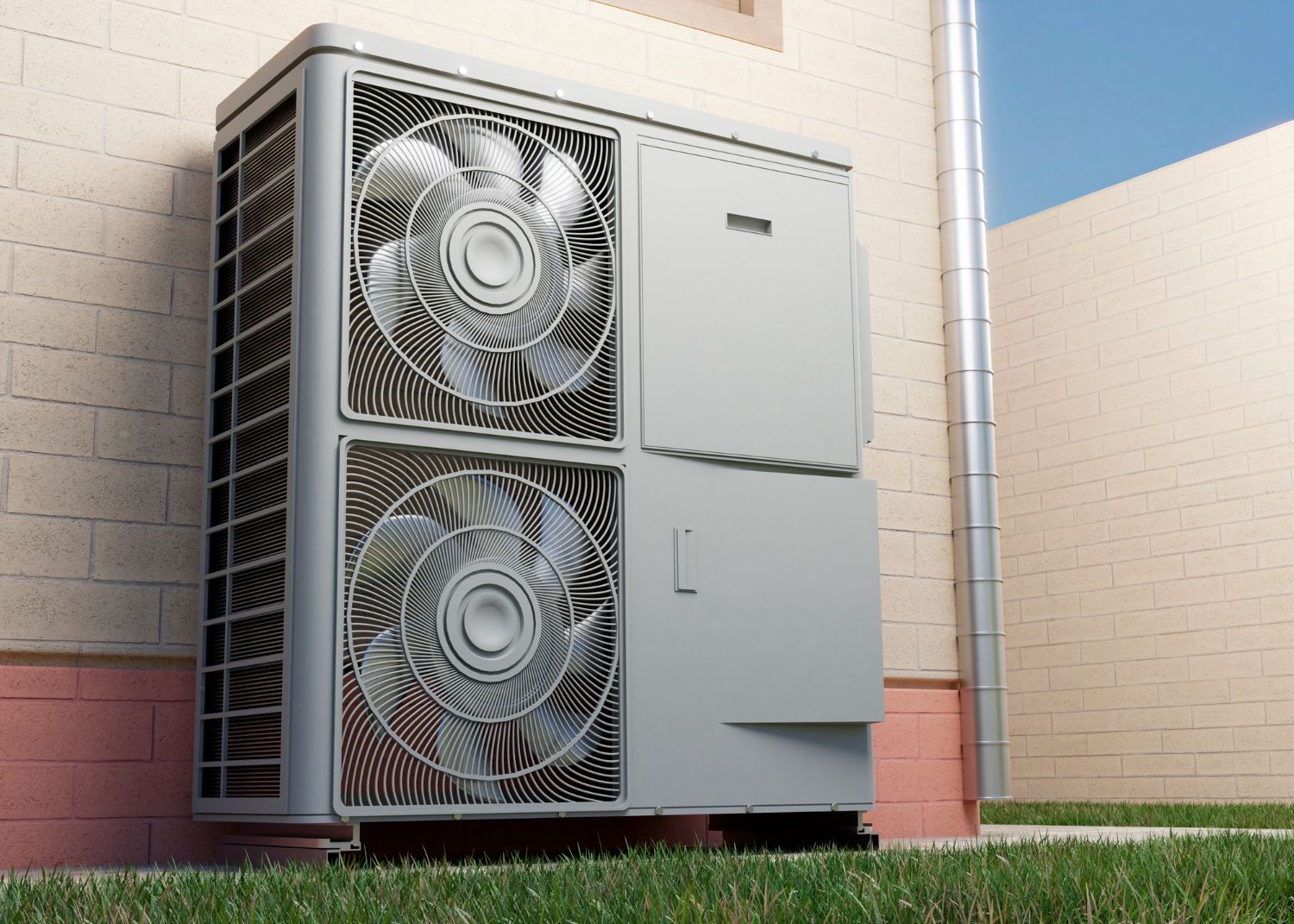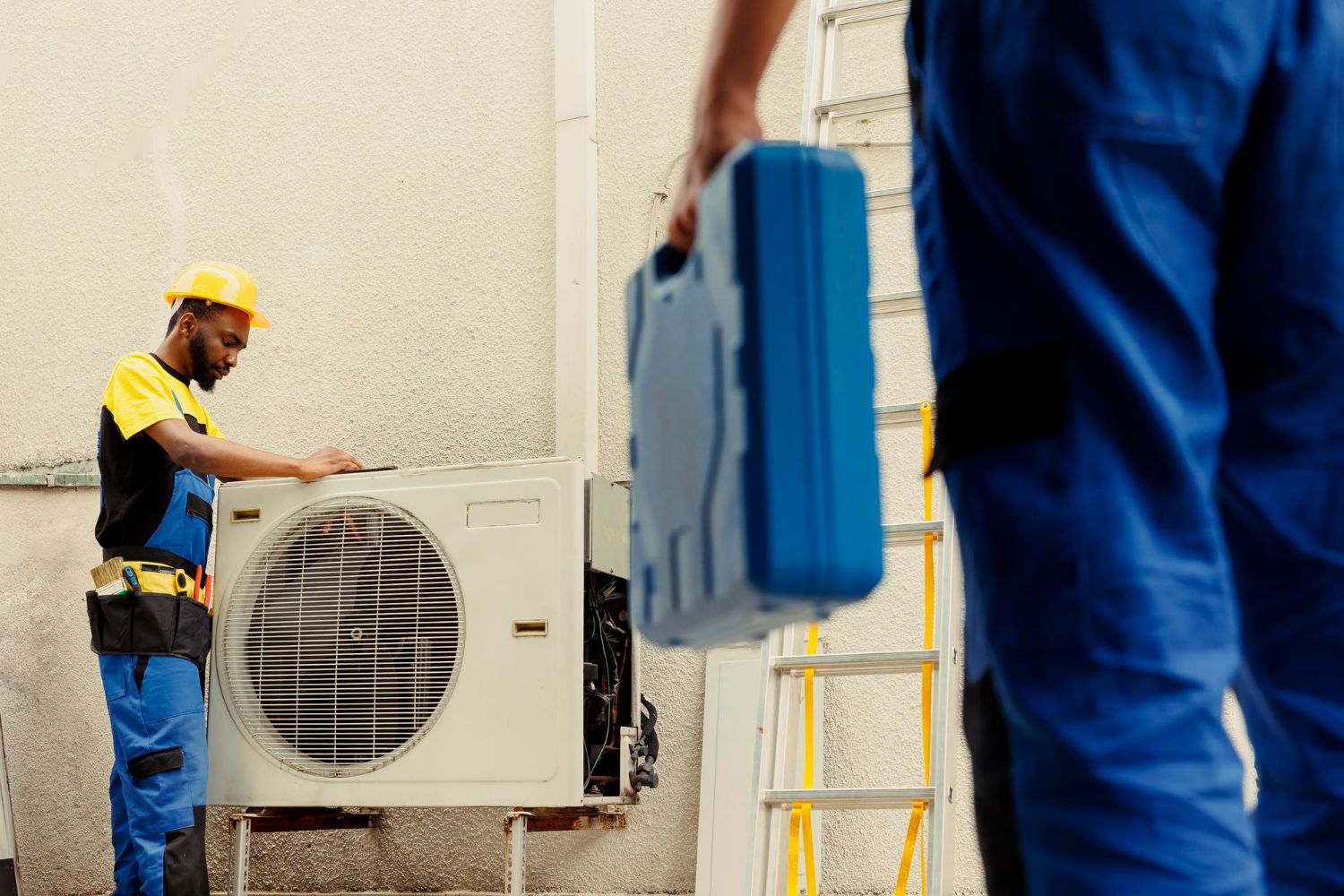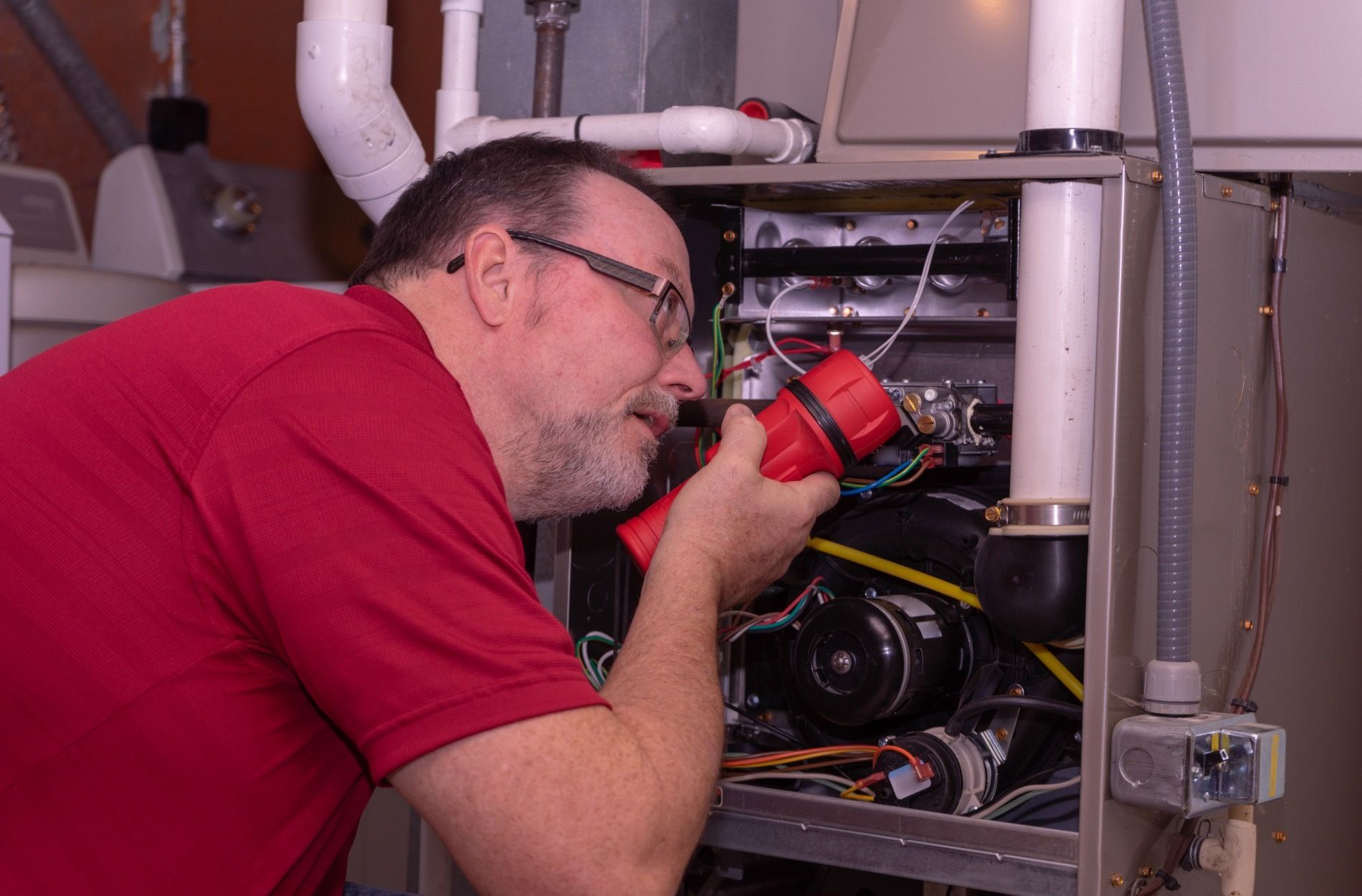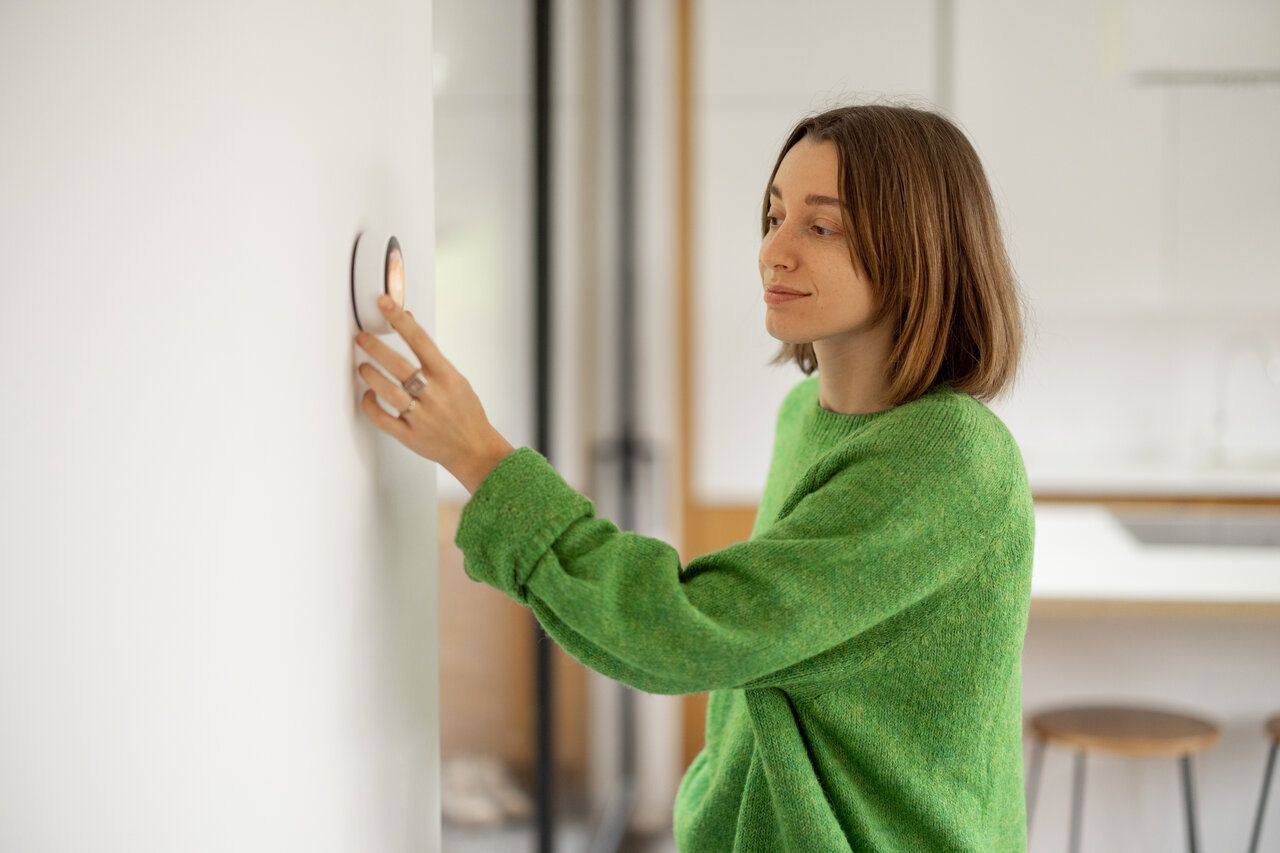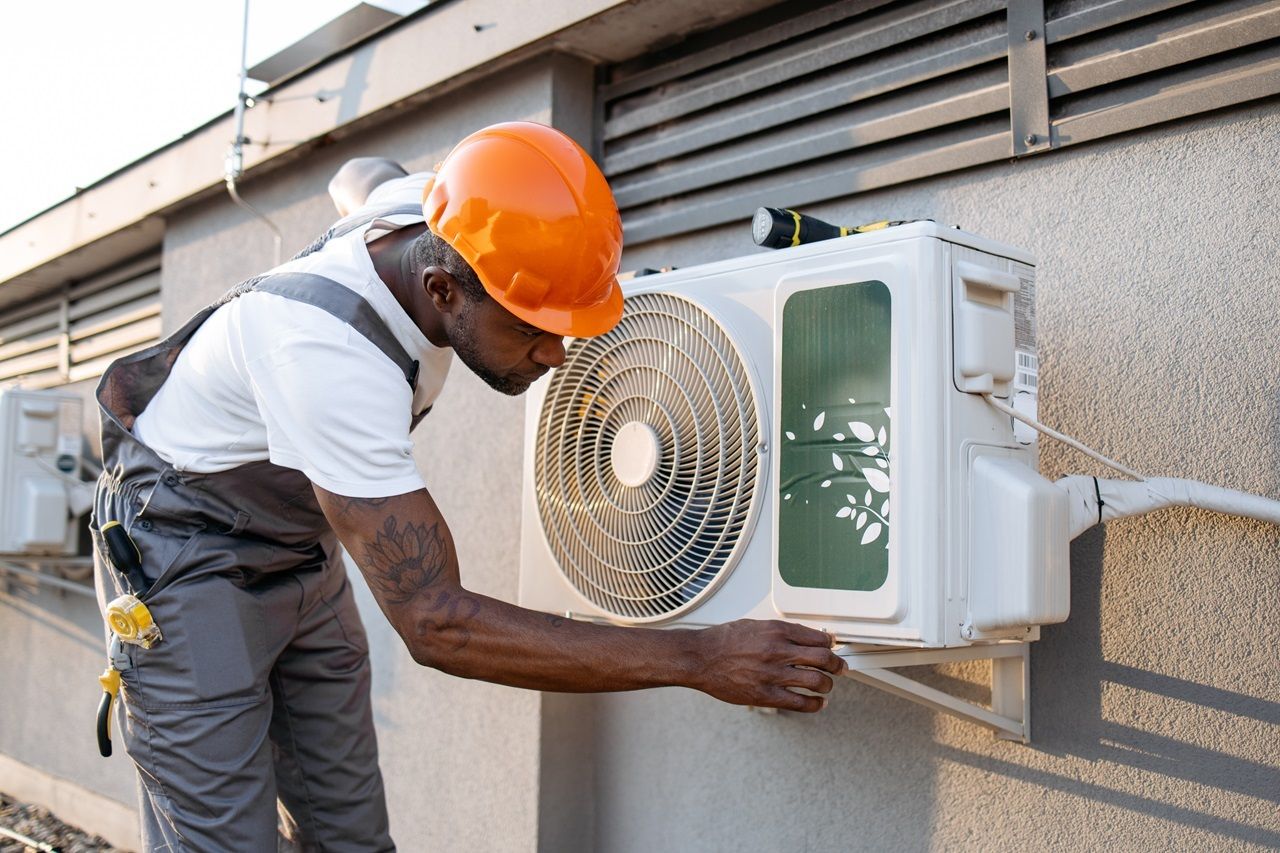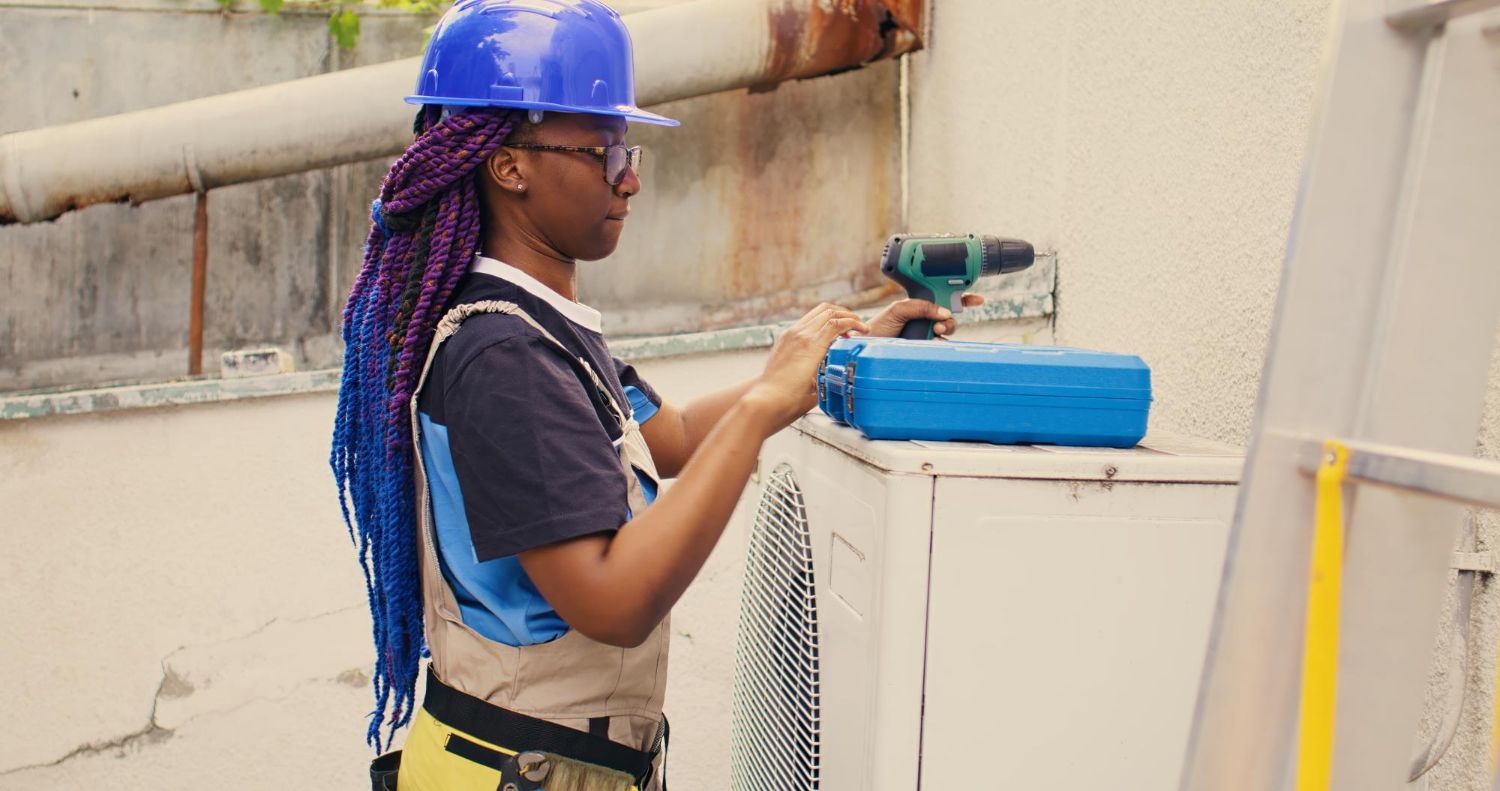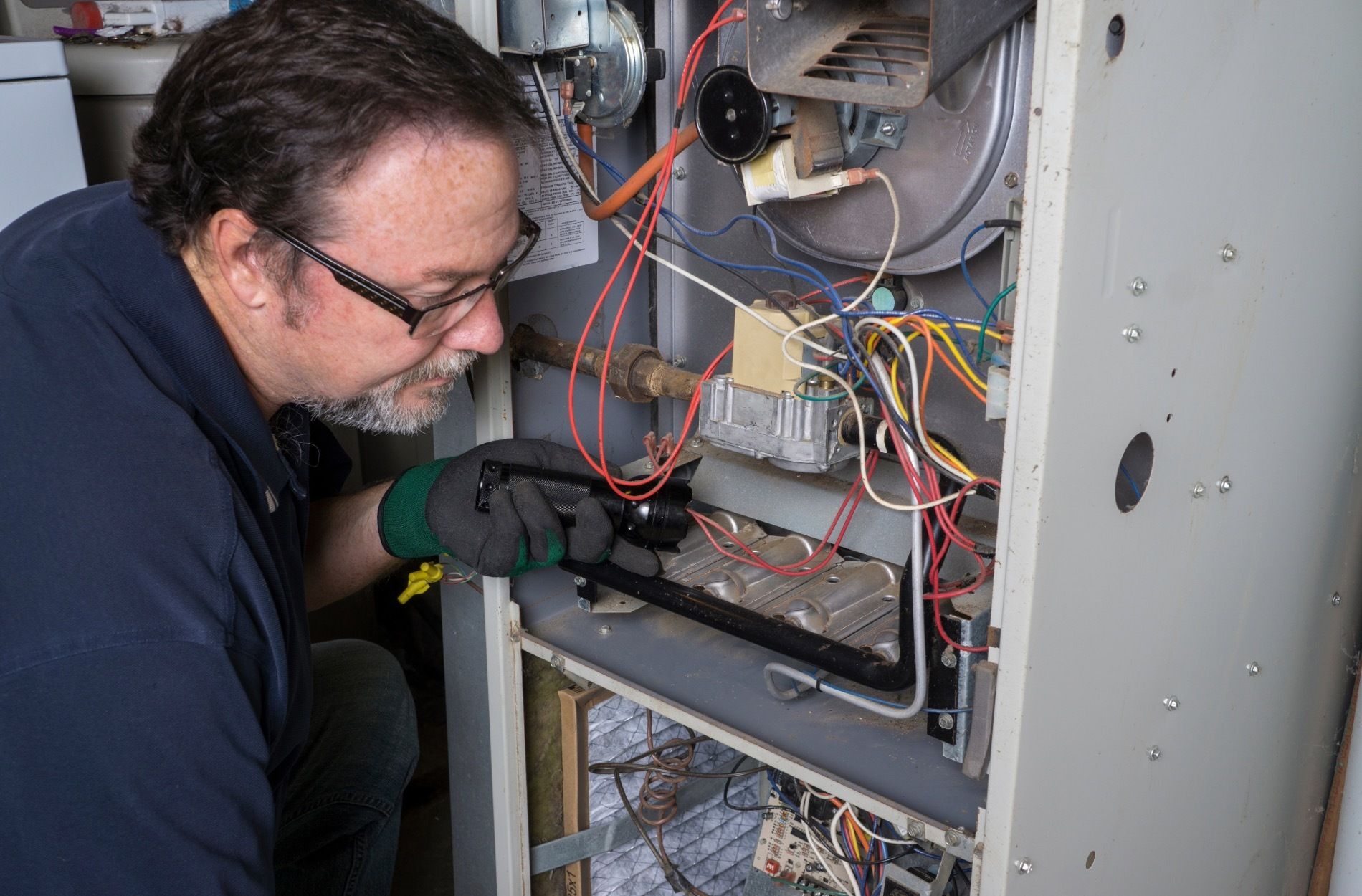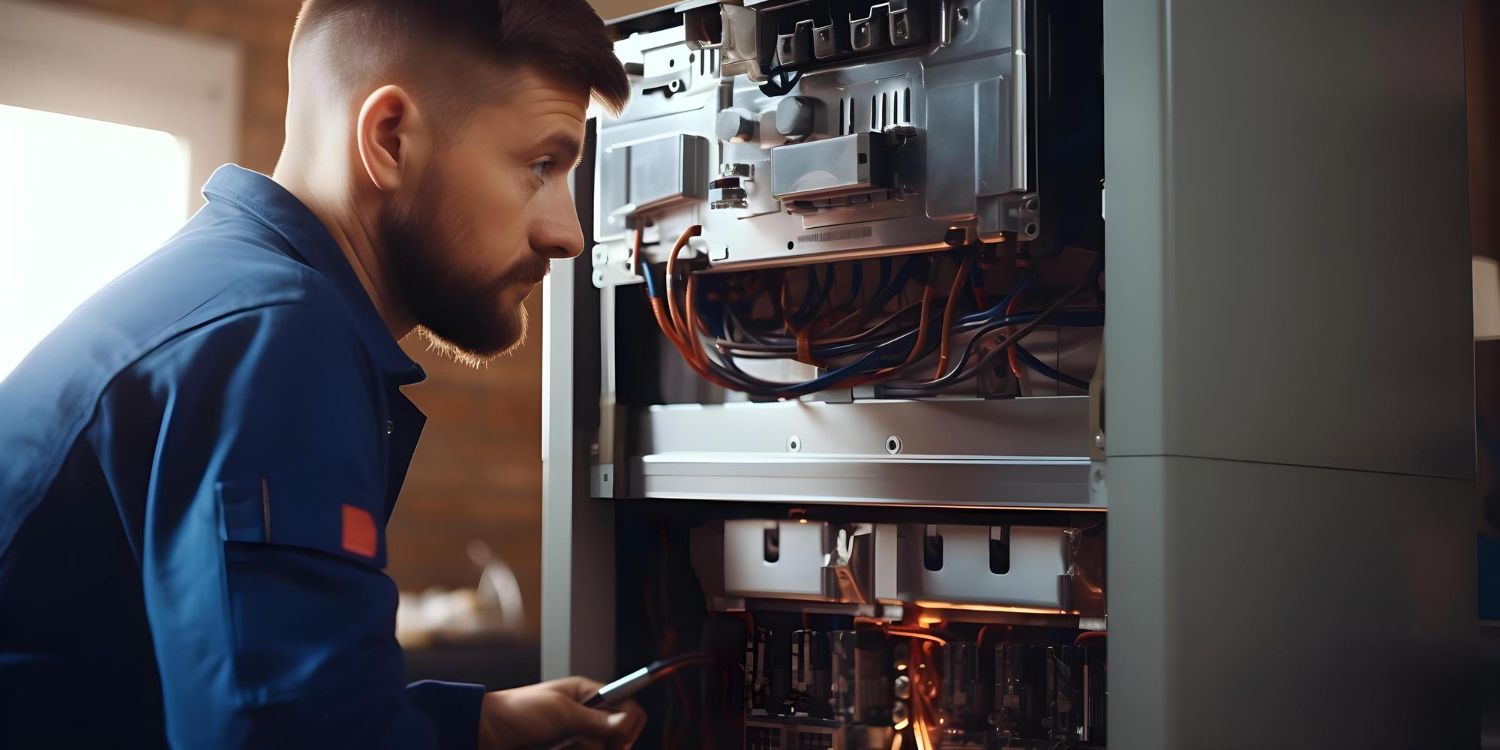
Furnace Repair: Top Issues and Solutions
A well-functioning furnace is essential for maintaining a warm and comfortable home, especially during the cold months. When your furnace starts to show signs of trouble, it can lead to discomfort and increased energy bills.
Knowing what to look for and how to address common furnace problems will ensure your home remains warm and comfortable. Our professionals are here to help you with all your furnace repair needs, providing reliable and efficient service.
Common Signs Your Furnace Needs Repair
Recognizing the signs that your furnace needs repair can help you act quickly before small issues become major problems. Here are some common indicators:
- Uneven Heating: If some rooms in your home are warmer than others, it might point to an issue with your furnace. Uneven heating often suggests problems with the ductwork or the furnace’s internal components.
- Unusual Noises: Furnaces typically make a low hum when operating. However, loud bangs, rattles, or squeals can indicate issues such as loose components, a failing blower motor, or ignition problems.
- Increased Energy Bills: A sudden spike in your energy bill without a corresponding increase in usage can indicate that your furnace is working harder than it should. This can be caused by dirty filters, a malfunctioning thermostat, or other inefficiencies.
- Frequent Cycling: If your furnace turns on and off frequently, it might be short cycling. This can be due to an overheating issue, a malfunctioning thermostat, or an oversized unit.
- Poor Air Quality: Excessive dust, dry air, or a strong smell of gas or burning can indicate problems with your furnace. These issues can affect indoor air quality and should be addressed promptly.
Troubleshooting Basic Furnace Issues
Some furnace problems can be resolved by simple troubleshooting. Here are steps you can take before calling in our professionals:
1. Check the Thermostat
- Ensure the thermostat is set to heat and the temperature is set higher than the current room temperature.
- Replace the batteries if necessary.
2. Inspect Air Filters
- Dirty filters can restrict airflow and cause the furnace to overheat. Replace or clean the filters every 1 to 3 months.
3. Examine the Circuit Breaker
- Check the circuit breaker to ensure the furnace switch is on.
- Reset the breaker if it has tripped.
4. Ensure Proper Ventilation
- Clear any blockages around the furnace’s vents.
- Ensure no furniture or debris is obstructing the airflow.
5. Check the Furnace Switch
- Make sure the furnace’s power switch, usually located nearby, is turned on.
Complex Furnace Problems Requiring Professional Attention
Certain furnace issues necessitate the expertise of our professionals. Attempting to fix these complex problems without the right skills and tools can lead to more damage or safety hazards.
- Ignition and Pilot Control Problems: Issues with the ignition system or pilot light can prevent your furnace from starting. Ignition problems could stem from a faulty sensor, igniter, or wiring. Our technicians have the skills and equipment to diagnose and repair these components safely and effectively.
- Mechanical Wear and Tear: Furnaces are composed of many moving parts, such as belts and motors. Over time, these components can wear out or break. Our professionals can identify worn-out parts and replace them to restore your furnace to its optimal functionality.
- Blower Issues: The blower is responsible for circulating air throughout your home. If the blower is running continuously or not at all, it could indicate a problem with the limit switch or other internal parts. Our technicians can assess and repair blower issues to ensure consistent airflow.
- Heat Exchanger Problems: The heat exchanger is a critical component of your furnace. Cracks or damage to the heat exchanger can lead to dangerous issues like carbon monoxide leaks. Addressing heat exchanger problems requires specialized knowledge and tools, making it essential to involve our professionals.
Proactive Measures to Prevent Future Furnace Issues
Preventive measures can extend the life of your furnace and avoid costly repairs. Simple steps taken regularly can keep your system running efficiently.
- Regular Maintenance: Schedule annual maintenance with our professionals. They can inspect, clean, and tune up your furnace, ensuring it runs efficiently all year round.
- Change Filters Frequently: Replace your furnace filters every 1 to 3 months. Clean filters improve airflow and reduce strain on the system.
- Keep Vents Clear: Ensure that all vents and registers are free from obstructions. Blocked vents can cause your furnace to work harder, leading to wear and tear.
- Monitor Thermostat Settings: Keep your thermostat at a consistent temperature. Large temperature swings can put unnecessary stress on your furnace.
- Inspect for Ductwork Leaks: Check your ductwork for leaks or damage. Sealing leaks can improve efficiency and ensure even heating throughout your home.
Conclusion
Keeping your furnace in good working order is essential for maintaining a comfortable and safe home. Recognizing common signs of trouble, performing basic troubleshooting, and understanding when to call our professionals can save you time and money. Additionally, taking proactive measures can help prevent future issues and extend the lifespan of your furnace.
Our team at One Stop Heating and Air Conditioning is here to assist you with your furnace repair in Sandy, UT. With skilled professionals and a commitment to exceptional service, we ensure your home stays warm and comfortable. Contact us today for reliable furnace repair and maintenance services!
